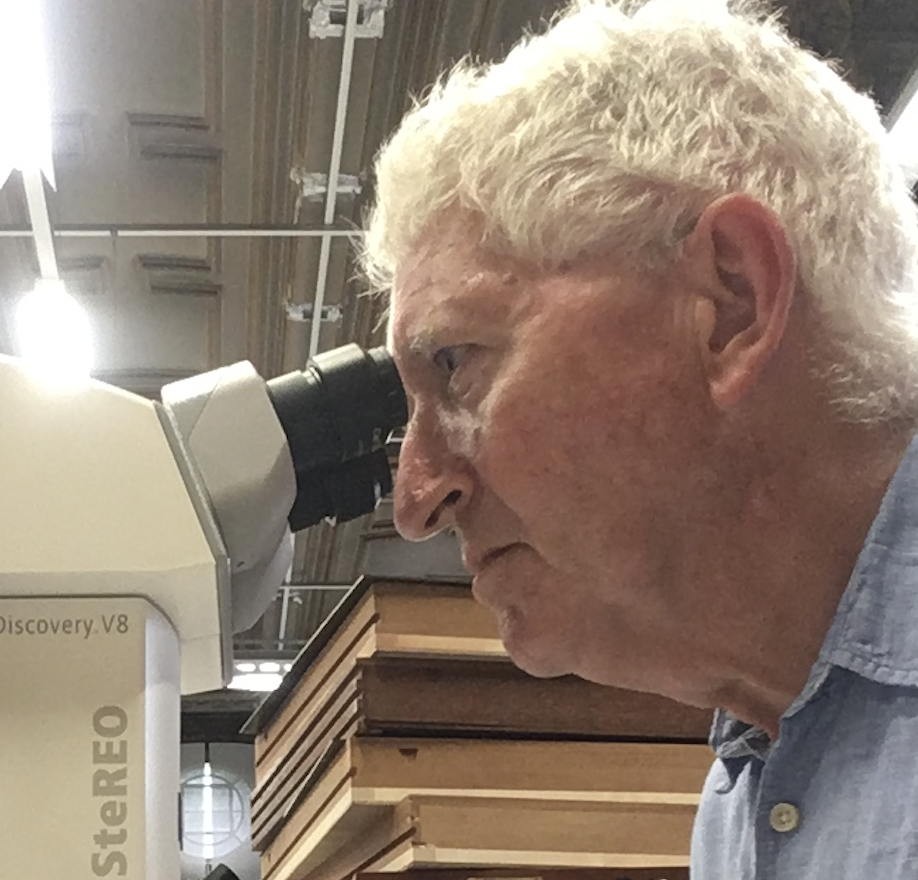The first bee to sting is often killed — brushed off by a quick wipe of the hand, says Richard Jones, but a barbed stinger means that the needle point, venom sac, and venom delivery apparatus stay attached in the skin, still pumping in the venom.
That bee dies, but the lodged sting gives off an alarm pheromone scent which effectively labels you as the enemy.
- Bee and wasp stings: what they are, why they hurt and how to treat a sting
- Why does a bee die after it stings you?
This recruits more bees to the attack, but as they are killed and disembowelled of their stings more alarm scent is raised and only a rapid exit well away from the hive will stop the onslaught. Ten stings and you might feel breathless and a bit nauseous, you’ll certainly want a sit down and a cup of tea.
A hundred stings and you should seek immediate medical attention. There is no antivenom, but dialysis can remove the toxins before they start to cause organ damage to heart, liver and kidneys. A thousand stings is where fatalities start to occur, but such events are extremely uncommon.
An average adult weighing 60–80kg would be lucky to survive 1,000 stings and there are regular reports of deaths beyond 1,200. Most people on the receiving end of multiple stings are rural farm-workers in underdeveloped nations who stumble upon a nest and cannot get away to find shelter.
Can you get anaphylactic shock from a sting?
Thankfully, anaphylactic shock is extremely rare. Such a huge, overwhelming response by the body’s immune system, with its massive release of histamines and other inflammatory proteins, causes breathing difficulties, low blood pressure, interference with the heart muscles and internal bleeding. It can be fatal without immediate medical intervention – usually an adrenaline injection.
But many more people get anaphylaxis from foods such as peanuts or from drugs, including penicillin, than from wasp or bee stings.






